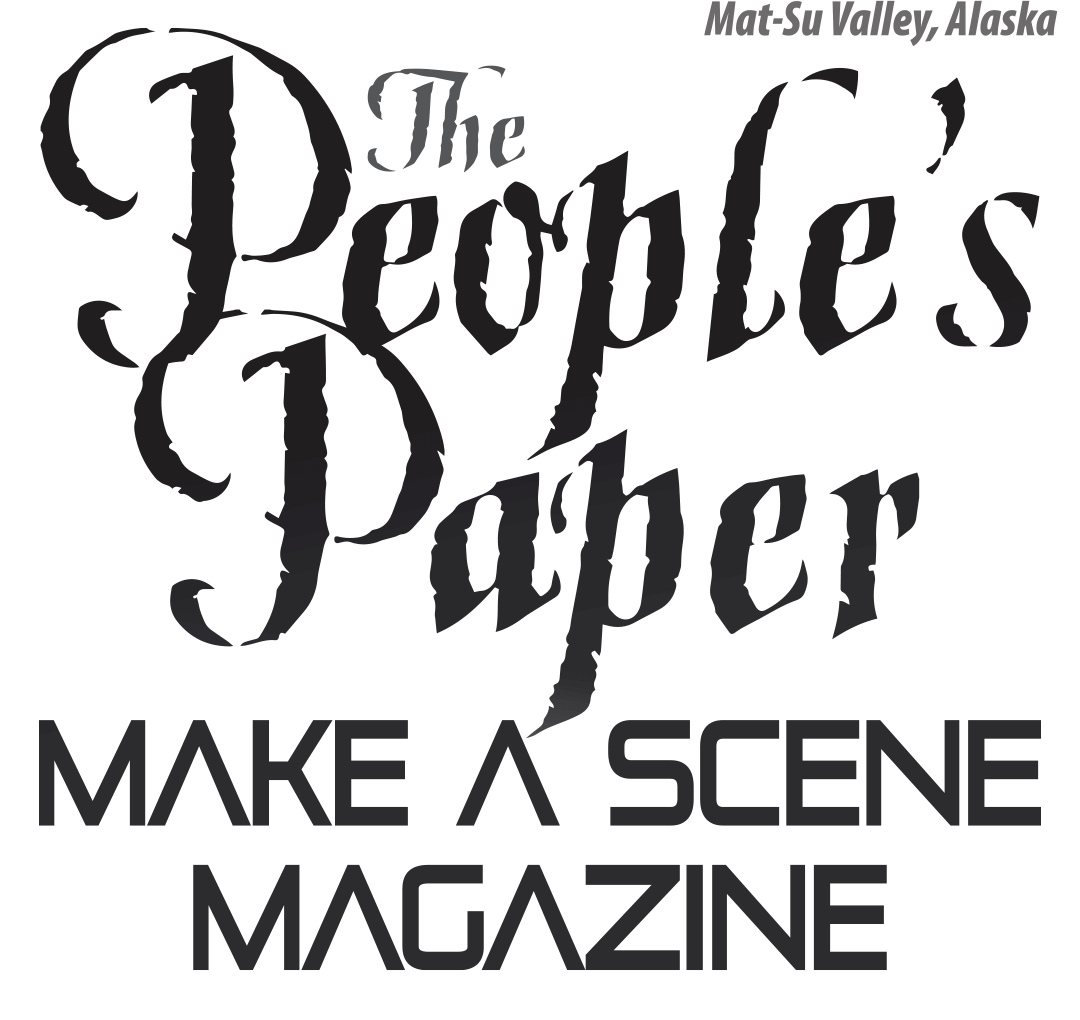Contributed by Doug Ferguson
Rather than focusing on the rapid descent of our current political and social culture that a few people are finally starting to notice now that the “horse has already left the barn”, I recently decided to change what I write about. Thus, it’s been my intent to focus on past personal experiences with people that I have come to appreciate as representing what has been great about America during my lifetime .in hopes that future generations will appreciate what we had then that enabled these individuals to do what they did.
So for this writing, I want to talk about a “Great American”: Norman B. Mears. It’s not a name you may have heard before unless you were involved with weapon sighting optics during WWII or were in the color television tube industry in the 60s, or were from or lived in St. Paul, Minnesota.
Norm Mears was the son of one of the founders of Buckbee-Mears Company, originally an old small firm engaged in photoengraving, and commercial photography in St. Paul, Minnesota. His inventions pushed photoengraving technology to new levels and expanded his company as well. This was due to his development of a precision sighting reticle for weapons that was used by all the Allied nations during the war and later, originating processes and equipment for making color television aperture masks at a mass production rate with metal etching techniques that lasted until the end of the glass color television tube era. During this period, his company produced the “shadow mask” for 99% of the color TV tubes in the world!
In 1960, I was a young engineer just out of college working for a large computer company in upstate New York. This was more than 30 years before I had any idea that I would be 25 years living in Minnesota, where we lived before moving to Alaska. At that time, we had a contract with Buckbee-Mears, Corp. in St. Paul (now known as BMC Corp) to produce scanner disks for our new optical character sensing machine, one of the first on the market. I was responsible for designing and building testers for these disks and I was sent out to St. Paul in the summer of 1960 for a week to install one of them at Buckbee-Mears, train their operators and train a maintenance person from our local company office.
Two things stick out in my mind about this trip so many years ago. One was how long it
remained daylight at the end of June at this personally unfamiliar latitude! The second was Norm Mears. He was everywhere and practically spent the whole week with me, and a quality engineer from our company who spent part of the trip with us. Norm wanted to know all the details of how the tester worked and what made a disk "pass" or "fail" even though his quality engineer was supposed to be in charge of the test operation! In spite of being the CEO of by this time a very large company, he was deeply engaged with the project and quite a force to reckon with!
One day he took us to lunch at the St. Paul Club, not the kind of surroundings I was used to as a young engineer! One of the waiters was an elderly African-American man with whom he seemed quite friendly. He explained later to us that he had been a Pullman Car Porter and Mears got him the job at the St. Paul Club when the Pullman Company was going out of business in the late 50s. He then explained that his personal secretary, who we had also noticed was African-American, was this man's daughter! He had hired her out of college! This was in 1960 when most companies were yet to consider hiring minorities for critical positions such as the CEO’s personal secretary!
Many years later I found out more about his inspiring and productive life.
For his wartime technical achievements, he received high honors from the U.S. Armed Forces. His company expanded and became internationally known for its printing and etching technology. In 1972, he was named a "Great Living St. Paulite" by the St. Paul Chamber of Commerce. In 1993, he was posthumously inducted into the Minnesota Inventors Hall of Fame.
We are not done yet! An area in Lowertown St. Paul, named Smith Park, close to the Buckbee-Mears site, had been a classic park with a fountain and sidewalks radiating from it for almost 100 years, but had become very run down over the years with many of the buildings around it vacant.
When Norm retired from Buckbee-Mears, he dedicated the rest of his retirement years to re-vitalizing this area, bringing many upscale owners and businesses to the renovated buildings around and near the park. After his death in 1974, the park was officially renamed “Mears Park” in his honor. It was again re-vitalized in the early 1990s, and today sits in the middle of a re-energized Lowertown, hosting handfuls of fairs and festivals throughout the season.
Truly, Norm Mears was a great American and I consider myself fortunate to have encountered him and lived in America at a time when such a person could flourish, be effective and be appreciated.
Doug Ferguson is a retired engineer living in Palmer, AK who has had a lifelong interest in nature, science, history and human behavior.
